
At the foot of snow-capped Manimahesh Kailash, just 27 km from Bharmour is the Manimahesh Lake. The lake’s pristine waters, surrounded by snow-capped peaks and lush meadows, create a breathtaking natural setting that beckons not only pilgrims but also trekkers and nature enthusiasts. It is believed that Lord Shiva along with Goddess Parvati resides here, which is why this place (the lake and the peak) holds a sacred value among the Hindu devotees. The sacred ‘Manimahesh Kailash,’ a towering mountain peak, stands sentinel over the lake, further enhancing its divine aura. Pilgrims take a holy dip in the icy waters, seeking blessings and purification. Each year, the Manimahesh fair, popularly known as Manimahesh Yatra is held between the months of August and September. Manimahesh Lake is not just a body of water; it’s a spiritual journey, a rendezvous with nature’s grandeur, and a testament to faith. Known as the ‘Jewel of the Gods,’ this sacred lake holds immense significance for Hindu pilgrims, who believe it to be the abode of Lord Shiva.
Why Visit Manimahesh Lake:
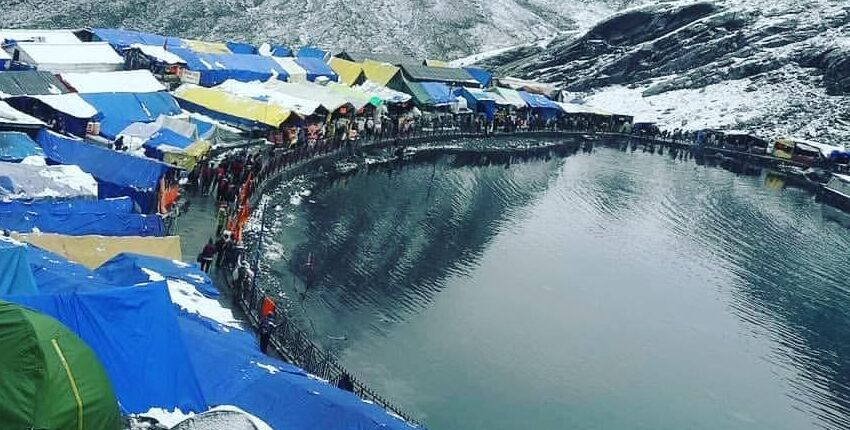
Manimahesh Lake beckons with its divine aura and breathtaking surroundings. Legends say that Lord Shiva and Goddess Parvati take a bath in this lake during this time. The fair starts on Janamastmi and ends on Radhastami. As part of their pilgrimage, people also take a holy dip in the lake and pray with great devotion to the Lord Of Destruction. Encircled by towering snow-clad peaks and lush meadows, it’s a place where the spiritual and the natural converge in perfect harmony. Pilgrims visit to seek the blessings of Lord Shiva, while trekkers and nature enthusiasts come to immerse themselves in the serene beauty of the Himalayas. As you stand by the glistening waters surrounded by towering peaks, you’ll understand why it’s called the ‘Jewel of the Gods.’ The journey to Manimahesh Lake is a pilgrimage for the soul and an adventure for the spirit.
How to Visit Manimahesh Lake:
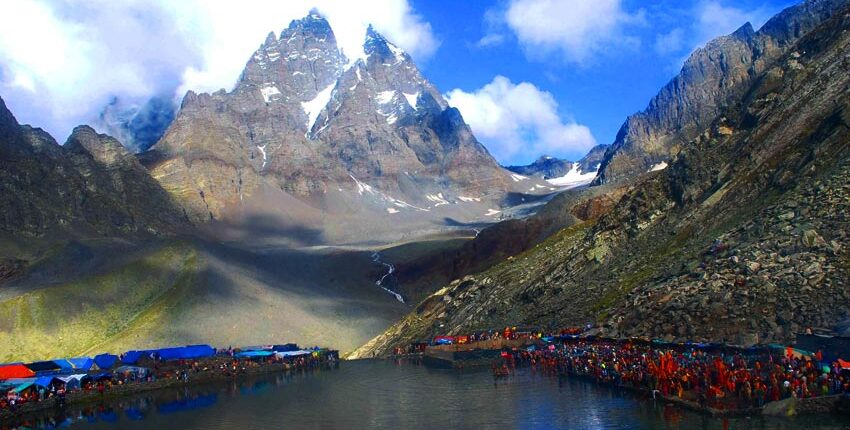
- Open Timing: Manimahesh Lake is accessible primarily during the summer months from July to September when the snow has melted, making the terrain more accessible.
- Nearest Airport: The nearest airport to Manimahesh Lake is Kangra Airport (also known as Gaggal Airport), located approximately 180 kilometers away. From there, one can continue the journey by road.
- Nearest Railway Station: The nearest major railway station is the Pathankot Railway Station, which is about 180 kilometers from the lake. Pathankot is well-connected to several major cities in India.
- Nearest Bus Stand: The closest bus stand to Manimahesh Lake is Chamba, which is about 80 kilometers away. Regular bus services operate between Chamba and nearby towns and cities.
Manimahesh Lake Trek: A Spiritual Sojourn into the Himalayas
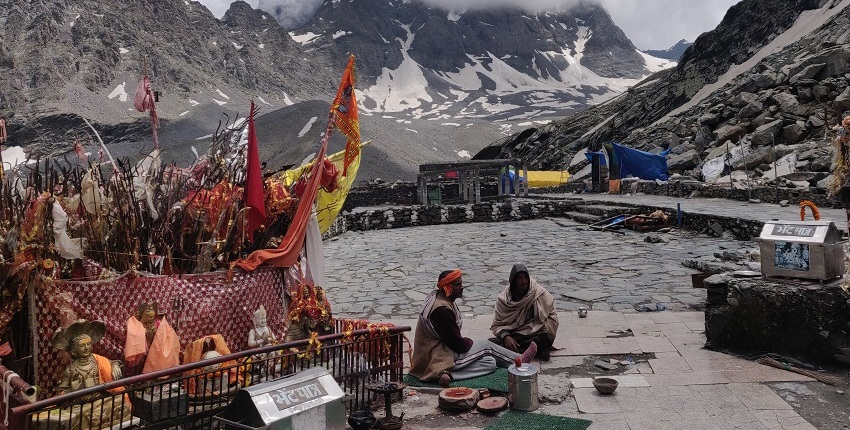
Nestled at an altitude of approximately 4,080 meters in the heart of the Pir Panjal range in Himachal Pradesh, Manimahesh Lake is a sacred jewel set amidst towering peaks and lush meadows. Every year, countless pilgrims and adventure enthusiasts embark on a challenging journey to reach this serene destination. In this extensive guide, we will unravel the mystical allure of Manimahesh and the trek that leads to its divine waters. The Manimahesh Lake trek is not just an expedition into the Himalayas; it’s a spiritual and physical journey that tests your endurance, rewards your soul, and leaves an indelible mark on your heart. For those seeking both adventure and spirituality, this trek is a gateway to the divine, a rendezvous with nature, and an experience that will stay with you long after you’ve left the sacred shores of Manimahesh Lake.
The Sacred Significance:

Manimahesh Lake holds immense spiritual significance for Hindus. It is believed to be the abode of Lord Shiva, and an annual pilgrimage called the ‘Manimahesh Yatra’ is undertaken with great devotion. The Yatra typically begins on the auspicious day of Krishna Janmashtami and concludes on Radha Ashtami, spanning around 15 days. Pilgrims, or ‘Yatris,’ gather from different parts of India to seek the blessings of Lord Shiva and take a holy dip in the pristine lake.
The Trekking Experience:
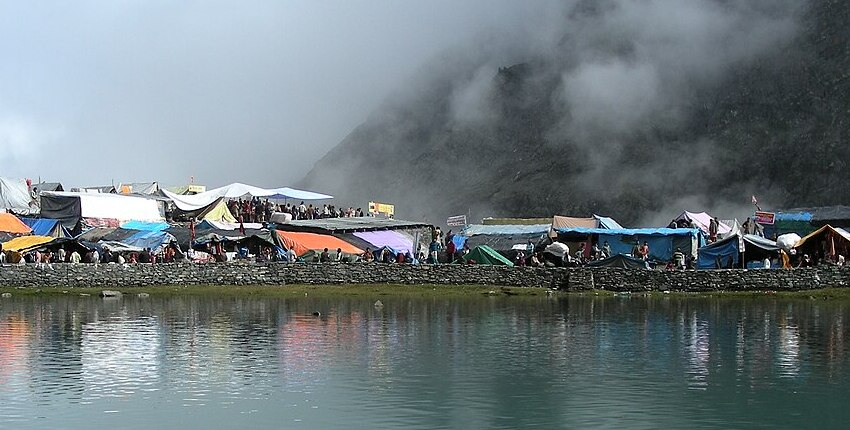
The journey to Manimahesh Lake is not just a pilgrimage; it’s an adventure that leads you through some of the most breathtaking landscapes in the Himalayas. The trek starts from the small town of Hadsar, which is the last point accessible by road. Here are the key details about the trek:
- Trekking Distance: The trek to Manimahesh Lake is approximately 14 kilometers one way. While the distance might not seem daunting, the challenging terrain and steep ascents make it a demanding trek.
- Trekking Difficulty: The trek is rated as moderately difficult. The trail is well-marked, but it involves steep climbs and descents, rocky paths, and uneven terrain. It’s advisable to be in good physical condition before attempting the trek.
- Duration: The trek can take anywhere from 6 to 8 hours, depending on your pace and the weather conditions. It’s recommended to start early in the morning to ensure you have enough time to reach the lake and return before nightfall.
- Best Time for Trekking: The ideal time for the Manimahesh Lake trek is from July to September. During this period, the snow has melted, making the trekking trail more accessible. Attempting the trek during other months can be extremely challenging due to heavy snowfall and harsh weather conditions.
The Pilgrimage Route:

As you embark on the trek from Hadsar, the trail gradually ascends through dense forests and alpine meadows. Along the way, you’ll encounter several small shrines and picturesque viewpoints. One such significant point is ‘Dhancho,’ where Yatris traditionally take a break and have lunch. The journey continues to ‘Shiv Kalotri,’ a spot named after the trident (‘trishul’) of Lord Shiva.
The final stretch of the trek takes you to ‘Gourikund,’ a holy pond where pilgrims perform rituals before proceeding to Manimahesh Lake. From Gourikund, it’s a steep climb to reach the lake, and as you ascend, the breathtaking beauty of the surrounding peaks comes into view.
Accommodation and Facilities:
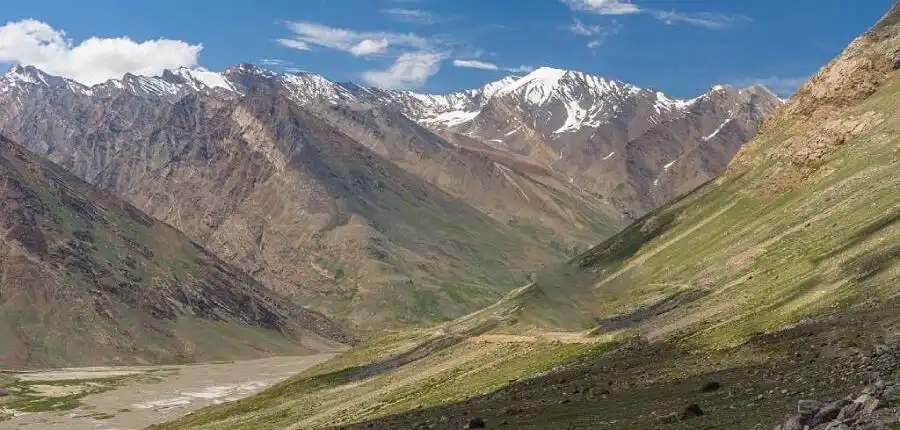
Accommodation options are limited along the trekking route. Hadsar offers some basic guesthouses and lodges. During the Manimahesh Yatra, temporary camps and langars (community kitchens) are set up to provide food and shelter to pilgrims. It’s advisable to carry essentials like warm clothing, a sleeping bag, and necessary provisions for the trek.
Safety Precautions:
- Acclimatization is crucial. Spend a day in Hadsar or another lower-altitude location to acclimatize to the high altitude.
- Keep a close watch on weather conditions. The Himalayas can experience sudden weather changes, so it’s important to be prepared for varying temperatures and carry rain gear.
- Follow the guidance of local guides and porters, especially if you’re not familiar with the terrain.
- Register at the local Forest Department office in Hadsar before starting the trek. This helps authorities keep track of trekkers and ensures safety.
Accommodation Options:
- Tents and Camps: Many trekkers choose to camp along the trekking route. Carrying your own camping gear or renting it locally is a common practice. Camping offers the flexibility to set up in picturesque locations along the trail.
- Local Guesthouses and Lodges: In Hadsar and nearby villages, there are basic guesthouses and lodges where trekkers can find accommodation. These options provide a roof over your head and simple amenities.
- Langar Accommodation: During the Manimahesh Yatra, some temporary langars also offer basic accommodation for pilgrims. This can be an economical and convenient option.
Savoring Pahadi Culinary Delights During Your Manimahesh Trek
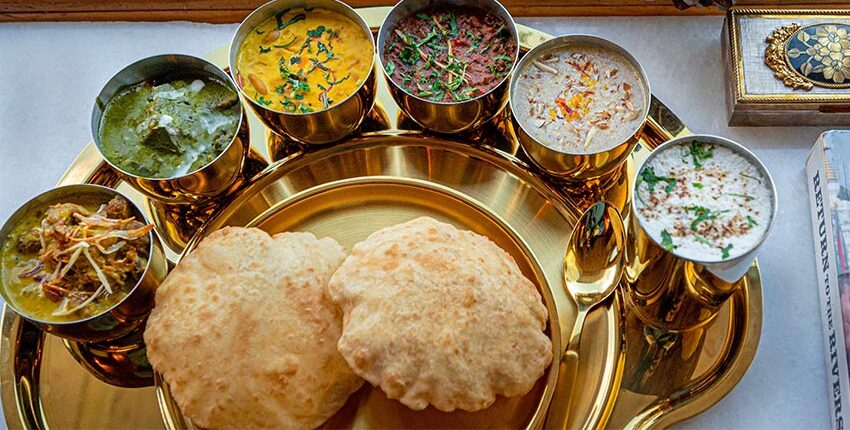
Trekking to Manimahesh Lake is not just an adventure; it’s a culinary journey through the flavors of the Himalayas. While the journey might be physically demanding, the region’s delicious Pahadi cuisine is sure to keep your spirits high. Here’s how you can survive and relish the local culinary offerings:
1. Taste the Local Flavors:
- Relish the simplicity and authenticity of Pahadi cuisine. Try local specialties like ‘Dham,’ a traditional festive meal, and ‘Chana Madra,’ a savory chickpea curry cooked in yogurt.
- Special Treats: If you have the opportunity to visit nearby towns like Chamba, explore local markets, and indulge in fresh produce, fruits, and regional snacks.
2. Carry Essentials:
- While trekking, it’s advisable to carry some essential food items like energy bars, nuts, and dry fruits to keep your energy levels up.
- Pack Light Snacks: Carry lightweight snacks like energy bars, nuts, dried fruits, and biscuits to keep your energy up during the trek. They are convenient and provide quick sustenance.
3. Enjoy Langar Food:
- During the Manimahesh Yatra, temporary langars (community kitchens) are set up by volunteers. Don’t miss the opportunity to partake in these langars, where you can enjoy free meals offered by devotees.
- Dine at Langars: Partaking in langar meals not only provides a sense of community but also ensures you get hearty, homemade food. Dal, rice, chapatis, and local specialties are typically served.
4. Sip on Local Beverages:
- Stay hydrated with ‘Buransh’ (rhododendron) juice, a popular local drink that’s not only refreshing but also has medicinal properties.
- Local Dhabas: Along the route, you may come across small local dhabas or eateries. These establishments often serve hot and simple meals like rice, dal, and vegetables.
5. Try ‘Siddu’:
- Sample ‘Siddu,’ a steamed bread made from wheat flour and stuffed with local herbs. It’s a favorite among trekkers and offers a taste of Pahadi tradition.
- Try Local Staples: Embrace Pahadi cuisine by trying local staples like ‘Siddu’ (steamed bread) or ‘Chana Madra’ (chickpea curry). These dishes offer a taste of the region’s culinary traditions.
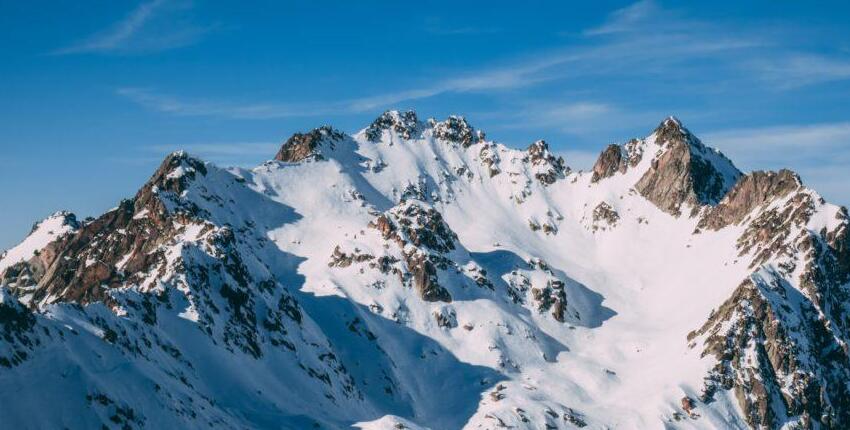
6. Experience Tea in the Hills:
- Warm up with ‘Chai,’ the ubiquitous Indian tea. In the hills, it’s often brewed with a unique blend of local spices and herbs, making it a delightful treat.
- Tea Breaks: Enjoy tea breaks at roadside tea stalls. Try ‘Chai’ infused with local spices or ‘Buransh’ (rhododendron) tea, which is not only flavorful but also soothing.
7. Local Sweet Treats:
- Indulge in local sweets like ‘Dhaam,’ a sweet dish made from rice, curd, and jaggery, or ‘Mittha,’ a sweetened rice preparation.
8. Explore Local Markets:
- If you have the chance to explore nearby towns like Chamba, don’t miss the local markets where you can buy fresh produce, fruits, and regional snacks.
9. Be Mindful of Food Safety:
- While enjoying local cuisine, ensure that the food you consume is hygienically prepared, especially at temporary stalls or langars.
- Hydration: Ensure you stay well-hydrated during the trek. Carry a refillable water bottle and use water purification tablets or a portable filter to make drinking water safe.
10. Pack Some Comfort Food: – If you have specific dietary preferences or restrictions, consider packing some comfort food from home, such as instant noodles or energy bars, to ensure you have options that suit your needs.
The Return Journey:
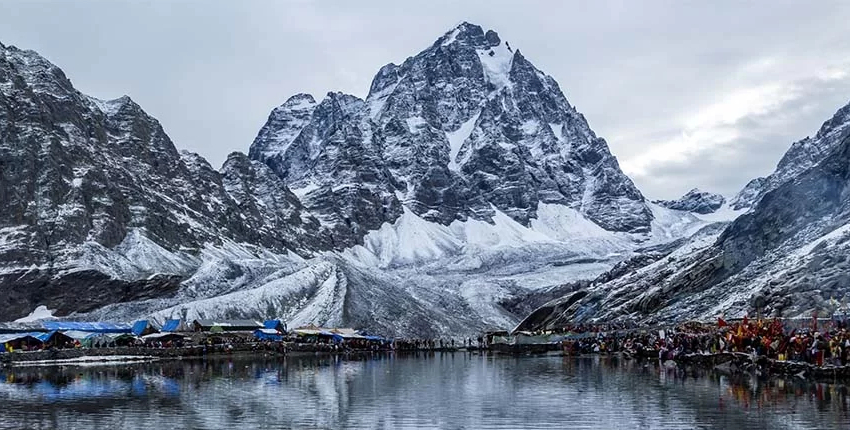
After seeking the blessings of Lord Shiva at Manimahesh Lake, trekkers and pilgrims return to Hadsar via the same route. The downhill journey can be physically taxing on the knees, so be cautious while descending. To reach the lake, one must embark on a trek from Hadsar, which is the last roadhead accessible by vehicle. The trek is approximately 14 kilometers and involves a steep climb, so it’s advisable to be in good physical condition. Local guides and porters are available for assistance. Manimahesh Lake, with its spiritual aura and stunning natural beauty, promises an unforgettable journey for those seeking a blend of pilgrimage and adventure in the Himalayas. Manimahesh Lake, with its spiritual aura and stunning natural beauty, promises an unforgettable journey for those seeking a blend of pilgrimage and adventure in the Himalayas.
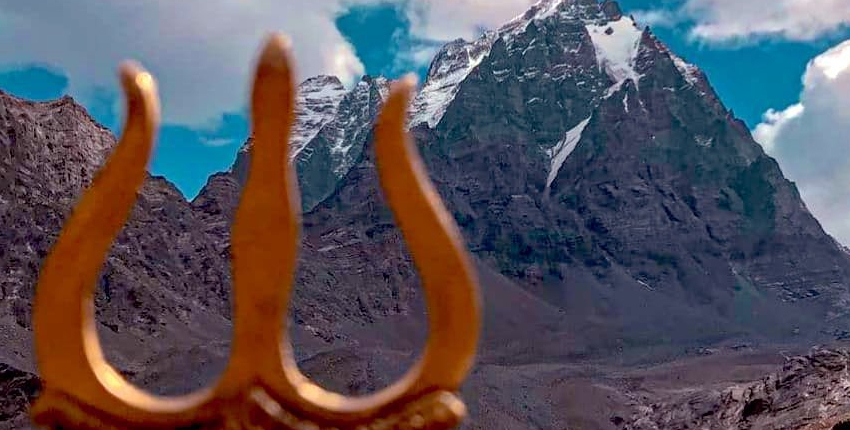
Conclusion:
The Manimahesh Lake trek is not just an expedition into the Himalayas; it’s a spiritual and physical journey that tests your endurance, rewards your soul, and leaves an indelible mark on your heart. Mahesh Lake isn’t just a destination; it’s an exploration of spirituality, an immersion in natural beauty, and an encounter with the divine. For those seeking both adventure and spirituality, this trek is a gateway to the divine, a rendezvous with nature, and an experience that will stay with you long after you’ve left the sacred shores of Manimahesh Lake. Remember that Pahadi cuisine is not just about taste; it’s a cultural experience that adds depth to your trekking adventure. Embrace the local flavors, engage with the hospitable people you meet along the way, and let the culinary delights of the Himalayas be an integral part of your journey to Manimahesh Lake. So, gear up, pack your devotion, and embark on this unforgettable Himalayan odyssey.
Leave a Reply